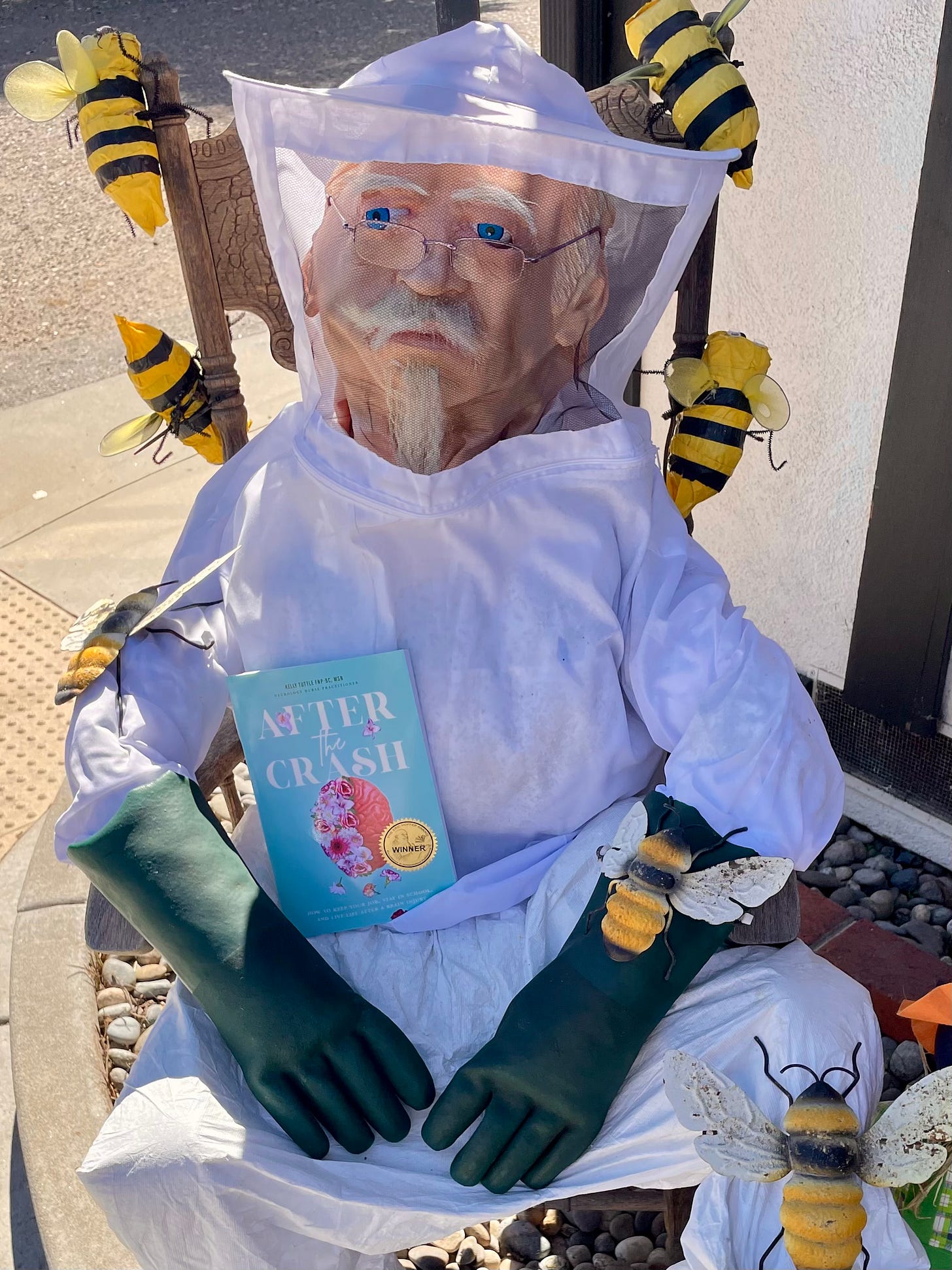Breaking the Multitasking Myth:
Finding Focus and Hope After Brain Injury
Let go of the pressure to multitask. The idea that we can truly do so is a myth—our brains were never designed for it.
You may see your co-workers appearing to effortlessly “multitask,” but multitasking presents a challenge even for those with healthy brains. For most people, multitasking is simply the rapid shifting of attention between tasks.
“The human mind and brain lack the architecture to perform two or more tasks simultaneously,” state Drs. Kevin Madore and Anthony Wagner, in their article “Multicosts of Multitasking” (1), explain that multitasking for people with healthy brains comes at a high cost. It increases cognitive demand, decreases efficiency, and causes more errors.
After a brain injury, even focusing on one thing can feel like a monumental task, and managing multiple tasks may seem impossible. It’s completely normal to feel stuck or overwhelmed, and sometimes you may even find yourself frozen between two tasks. This is not a reflection of you—it’s simply your brain trying to work around lost connections and disrupted processes while healing.
Me going scarecrow hunting in Cambria, California
Dr. Cheryle Sullivan, author of Brain Injury Survival Kit, points out, “It is better to do one thing well than two or more things poorly.” (2) She further recommends “[not] to multitask when needing to remember new information.” (2)
Dr. Gail Denton, author of Brainlash, says, “A brain injury reduces brain efficiency, causing us to be able to do only one thing at a time.” Gaining focus on the second task takes new energy. Returning to the original task uses an additional spurt of energy. Multitasking activities may be very taxing or overwhelming at first for someone recovering from a brain injury. (3)
In my journey to support my healing brain at work, I discovered that the brain simply cannot focus on two things at once. What I once believed was “multitasking” was really just shifting my attention back and forth. After my injury, this shifting became much harder, leading to frustration, confusion, fatigue, and irritability. These struggles were not a failure—they were a sign my brain needed rest and care. If you experience these feelings, know you are not alone, and that they are a natural part of recovery.
Even though we’re not designed to multitask, many of us are expected to do so at work. In the past, you may have been able to read your Zoom call conversation feed while listening to the meeting. After your brain injury, you may find yourself struggling to just keep up with the Zoom meeting conversation. Forget about following the conversation threads. You may not be able to take notes either.
In the early stages of recovery, try to focus on just one task at a time—especially if you start to feel irritable, fatigued, unfocused, or overwhelmed. If these feelings arise, give yourself permission to take a break. After resting, gently bring your attention back to a single task for a set period. Remember, it’s okay to move slowly and to review your work for mistakes. Every small step you take is progress, and each day brings new hope for healing and renewed strength.
Hey, look at the book this scarecrow is reading.
As your brain heals, you will gradually regain your ability to shift focus from one task to another. This progress may feel slow at times, but each step forward is a sign of your brain healing.
Remember, your brain is not meant to multitask—especially during recovery. Treat yourself with compassion and understanding. Allow yourself the grace to move at your own pace, knowing that hope and healing are possible. With time and patience, you will be able to look back and remember how far you have come.
Take care, get better, get stronger,
Kelly Tuttle
Brain-Loving Advocate
P.S. As a brain injury survivor, I understand the challenges of reintegration into the workforce. If you’re also a survivor looking to return to work, please visit my website for my online program: Return to Work and Life After a Brain Injury.
You can also find my book, After the Crash: How to Keep Your Job, Stay in School, and Live Life After a Brain Injury, and additional resources.
My book, After the Crash, is also on Audible.
My book, After the Crash: How to Keep Your Job, Stay in School, and Live Life After a Brain Injury, can be found on Amazon or at your favorite independent bookstore
I created a journal just for you! Check out My Brain Injury Recovery Journal
My eBook, Getting Back Behind the Wheel
Please check out my YouTube channel.
Kevin Madore and Anthony Wagner, “Multicosts of Multitasking,” Cerebrum: The Dana Forum on Brain Science (April 2019), https://pubmed.ncbi.nlm.nih.gov/32206165.
Cheryle Sullivan, Brain Injury Survival Kit: 365 Tips, Tools & Tricks to Deal with Cognitive Function Loss (New York: Demos Health, 2008)
Gail L. Denton, Brainlash: Maximize Your Recovery From Mild Brain Injury(New York: Demos Medical Publishing, 2008)




